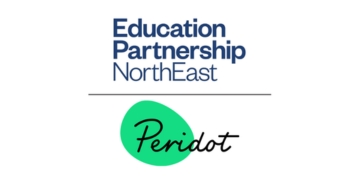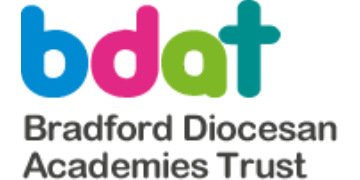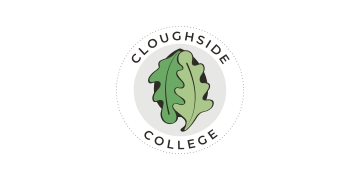The government has set out five principles that will underpin reforms to the SEND system.
Understandably, this has stirred up fresh talk about ‘SEND training’ for teachers and school leaders, to help these reforms be successful for children.
This raises the question: what’s the most important knowledge for teachers and leaders to know, and how should this be organised and shared?
There are two main approaches to training teachers and leaders on SEND, which I’ll describe as outside-in and inside-out.
An outside-in approach
This approach trains teachers and leaders in how to support children according to a diagnosis they may have – for example, dyslexia, autism or ADHD.
It is widely used and has a logic: diagnoses can provide children and families with a language to understand themselves and advocate for support.
Teachers and leaders should of course be familiar with common diagnoses, and be able to respond confidently and reassuringly when parents ask for help with something with which their child has been diagnosed.
However, the outside-in approach to training has limits:
- Several children may share the same diagnosis, but it can show up in different ways for each child: as a result, they often need different support.
- Some diagnoses are well covered in training but others are rarely mentioned, like Fragile X syndrome, despite it being the most common cause of inherited learning disability.
- When a child has more than one diagnosis, teachers might be tempted to use different strategies for each diagnosis, instead of looking at the child’s needs as a whole.
- Diagnoses were developed to identify conditions, not help teachers to understand what support pupils need.
- Given that medical categories don’t always fit neatly with the knowledge we have in education, the effect can be to make SEND feel separate from the rest of teaching and learning.
An inside-out approach
Every pupil has needs – like social and emotional, communication, sensory and physical needs. These needs can change over time, for many reasons, and in different ways.
The inside-out approach trains teachers and leaders to anticipate, notice and respond to the underlying needs of their pupils.
For example, take two pupils, Priya and Oliver, who both have a diagnosis of autism. Their teachers might be familiar with autism, but notice that it presents differently in Priya and Oliver.
When teachers understand the underlying needs pupils have, they can take their understanding to a deeper level. They can notice that Priya has an increased need for predictability, while Oliver has a greater need around communicating with other children.
This knowledge can help them strengthen the support they offer to Priya, Oliver and other pupils as part of core teaching.
For instance, they might introduce ‘now and next’ visual cues in class to support Priya’s increased need for predictability, or focus on consistent transitions at the end of lessons. They might also build structured discussion time into lessons, to support Oliver.
Understanding pupils’ needs also enables teachers and leaders to make informed decisions about when extra support is required. Sometimes, this can be achieved by refining teaching practice, like above. Other times, it may be necessary to involve the SENCo and introduce appropriate additional support.
The inside-out approach can have other benefits, too. If educators can:
- anticipate and notice pupils’ needs early, they are more likely to catch them in good time without waiting for things to deteriorate.
- identify pupils with similar needs, they can address them collectively. For instance, an understanding of working memory enables refinements in classroom practice that support pupils with dyslexia, pupils with dyspraxia, and their peers.
What should come next
We need professional development that brings the outside-in and inside-out approaches together.
It should help teachers respond to pupils’ needs as part of their core teaching – while also explaining how this relates to diagnoses they will often see in their classrooms. It should also build on what they already know about children and learning in general.
A combined approach will provide the best opportunity to build our collective understanding over time, and help every child thrive.








The “inside-out vs outside-in” distinction is really a new label for a long-established idea: effective SEND practice is always needs-led rather than diagnosis-led.
The observation that diagnostic categories don’t neatly predict classroom support isn’t new; it has been a core message of the SEND Code of Practice for over a decade.
The argument that SEND shouldn’t be treated as something “separate” echoes a long-standing principle in policy — that every teacher is a teacher of SEND — even though in practice, initial teacher training and early-career CPD haven’t always equipped teachers well enough to feel confident in this area.
The strategies referenced (visuals, structure, predictability, communication supports) are familiar elements of high-quality teaching and the graduated response, not newly emerging approaches.
The piece identifies gaps between theory and practice, but doesn’t address the real blockers: limited capacity, workload pressures, variable quality of CPD, and inconsistent system-wide support.
That said, the article does help to keep the spotlight on a vital issue: making needs-led practice the norm rather than an aspiration. If reframing the conversation encourages more leaders to prioritise inclusive pedagogy and more teachers to feel confident in adapting their practice, that’s a positive step. The real value will come if this discussion leads to practical support, better training design, and the resources schools need to make inclusive practice sustainable.